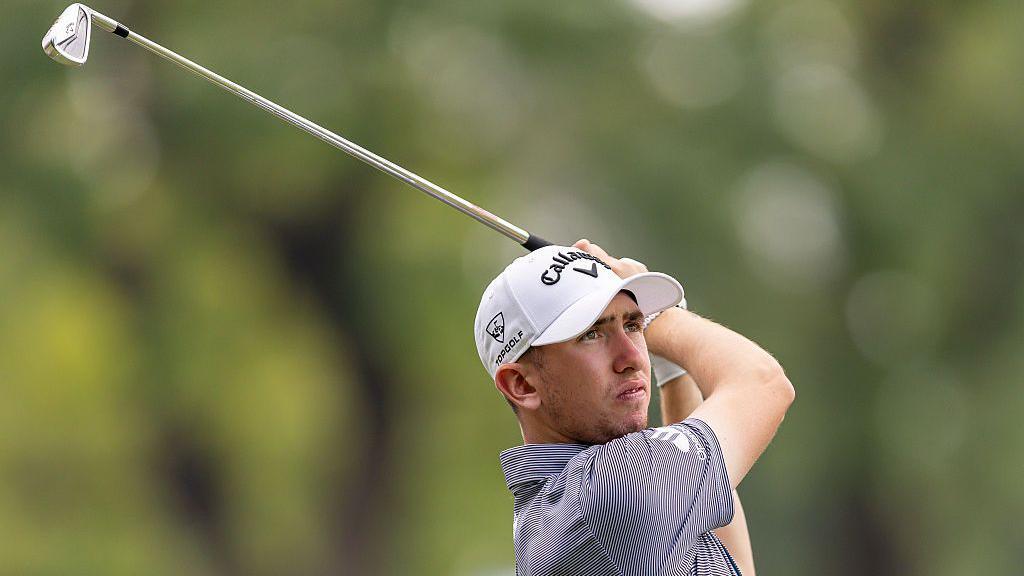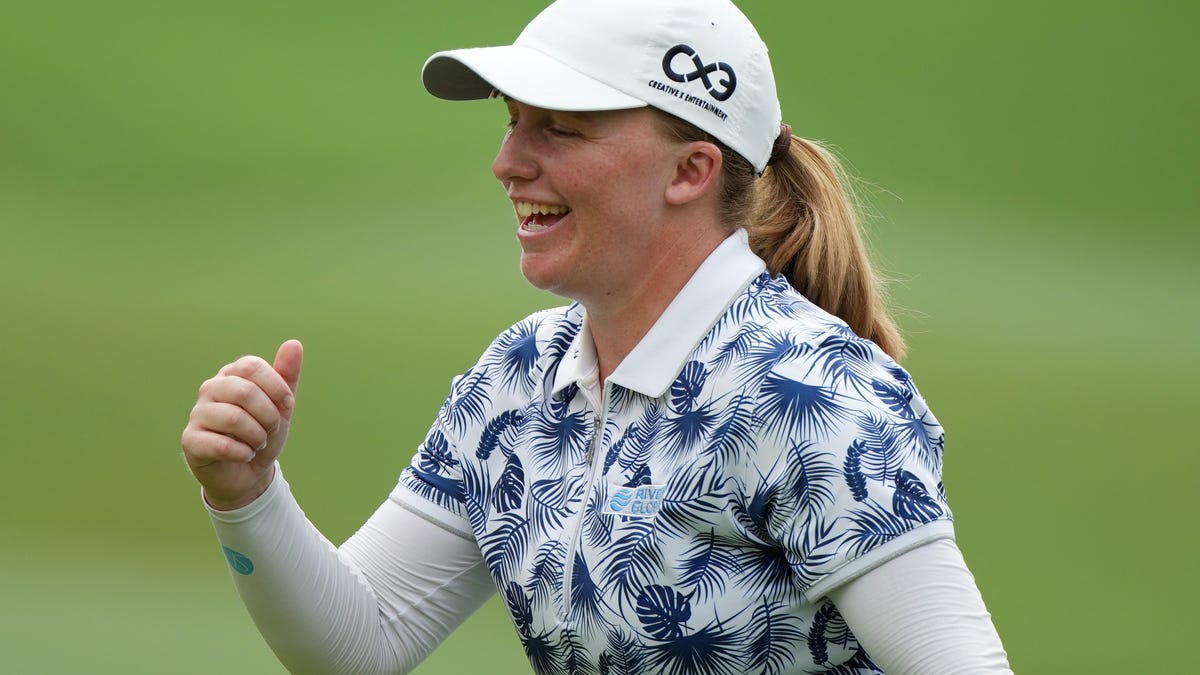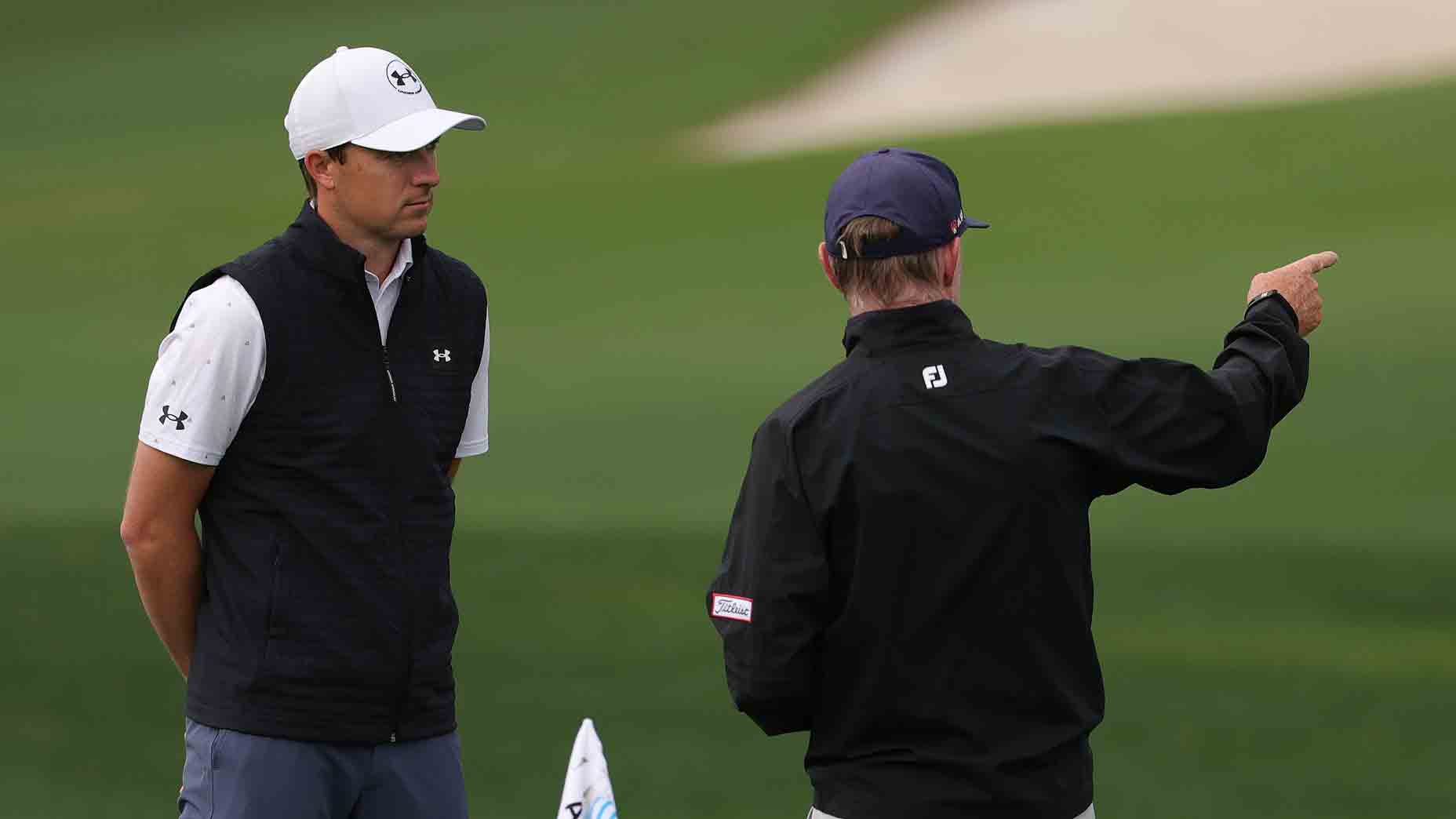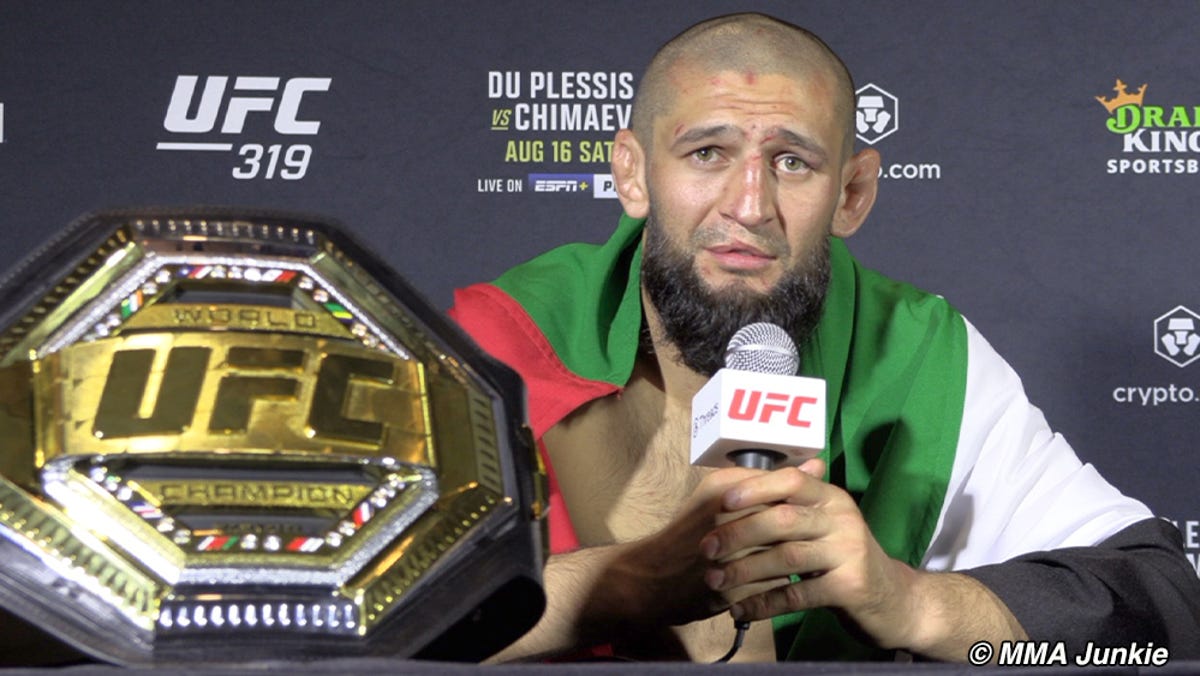In the category of golf shots we’d call “I can’t believe I messed that up,” consider me an expert.
A familiar example: I am short of the green, with plenty of room to work with. Approaching my ball, my mind runs through the possibilities. I could throw the ball up in the air, or I could chip it low. I could putt or even run it up with a hybrid.
The abundance of options feels like it should be a good thing. The mediocre result suggests otherwise.
Advertisement
Advertisement
This maddening dynamic is not unique to me, it turns out. It’s an example of what psychologists refer to as “the paradox of choice,” which means exactly what the name suggests: We think we prefer options, but there is a point when having too many gets in our way.
Although applied to far more than golf, it’s easy to see how the paradox of choice factors into a game that demands a dizzying array of decisions. Golfers often pick their equipment. They play at different courses. They stand over the ball and run through a menu of swing thoughts, and they determine how they want to get that ball from A to B.
We shouldn’t want it any other way. Golf is fun because we get to choose our own adventure every time we play. But that’s the part that trips us up more than we think.
“With so many options to choose from, people find it very difficult to choose at all,” Barry Schwartz, the psychologist who first introduced the concept, said in a 2007 TED Talk. “Even if we manage to overcome the paralysis and make a choice, we end up less satisfied with the result of the choice than we would be if we had fewer options to choose from.”
‘A greater variety of choices actually makes us feel worse’
Dr. Barry Schwartz
Advertisement
Advertisement
There’s a reason this sounds a lot like typical golf frustrations, because many of our bad shots come with a counterfactual version in which we envision a better choice: a different club, a safer line, a simpler thought over the ball. As Schwartz wrote, “A greater variety of choices actually makes us feel worse.”
The case study often cited to reinforce Schwartz’s theory was not about chip shots, but a test conducted around jams. On consecutive days at a supermarket, researchers set up a table first offering 24 flavors of jams, and then the next day only six. The first table attracted more interest, but the second drove significantly more sales.
The study underscored the confusion that accompanies too many choices, even when we’re convinced they’re what we want. It’s why I get tripped up over a shot with so many inviting options, because I might be wavering even after I’ve pulled a club. The sports psychologist Bhrett McCabe, who works with several tour players, says this challenge persists at the highest level, which makes sense: The more skilled a golfer, the more options at their disposal, the more willing they might be to contemplate the downside of each one.
“Your mind needs a clear, convicted pathway to be connected to the shot. If you don’t do that, you almost have no chance of success,” McCabe said. “So that’s why choice, doubts, noise, clutter, ruin great golfers. It’s because they buy into them way too much and they fail to pick what the most important thing to do is.”
Advertisement
Advertisement
The answer is simple
As McCabe noted, golfers need clarity, which is why he and other experts say the solution for the paradox of choice is to eliminate unnecessary doubt whenever possible.
Even the way we think over the ball can be an example of too much choice. For instance, Dr. Will Wu, a Professor of Motor Control and Learning at Cal State University-Long Beach, says a swing thought that is focused on specific body parts fosters doubt because the brain knows the golf swing requires multiple pieces at once. By contrast, a swing thought that is externally focused on an outcome—the feel of skipping a rock is a popular one—is more effective because it condenses multiple components into one efficient movement.
“ I would say get one thing, have it be external, and try to have it account for more than just one biomechanical feature of your swing,” Wu said.
Advertisement
Advertisement
The course strategy expert Scott Fawcett says his DECADE system was created as a response to the cloudy decision-making he often made as a player. He advocates for golfers committing to a specific shot shape, factoring in their dispersion patterns to avoid missing on the wrong side of holes, and for the most part, getting the ball as far down the fairway as possible. Critics will say his strategy has a paint-by-numbers quality that stifles creativity, but Fawcett says limiting choices is what leads to optimal scoring.
/content/dam/images/golfdigest/fullset/2024/Screenshot 2025-10-29 at 2.24.18 PM.png
“Maybe it does make the game a little bit more boring. But I also think that people like sitting in the locker room and talking about having played a great round of golf and not sitting in the locker room being like, ‘If I didn’t try that shot on 3, and I didn’t do this,’” Fawcett says. “You had the option of not doing those shots, and you chose not to. It’s kind of fun when you pull them off, but it’s definitely not going to lead to your best scores. That’s just for sure.”
Among the scoring principles Fawcett often endorses is what’s popularly known as “The Tiger 5”—Tiger Woods’ five rules for optimal scoring that include no bogeys on par 5s, no double bogeys, no three-putts, no bogeys with scoring clubs, and no blown easy saves. But just as Fawcett credits Woods for setting a standard for scoring discipline, he and Wu also suggest the 15-time major champion led many golfers astray with Tiger’s infamous “nine-box drill” in which he sought to refine nine different shots—three different shot shapes at three different heights—during range sessions.
/content/dam/images/golfdigest/fullset/2024/Screenshot 2025-10-29 at 2.22.50 PM.png
“This is why we say Tiger was one to marvel at but maybe not one to copy, because he’s an outlier,” Wu said. “And you shouldn’t really copy outliers. That nine-window drill is probably good for him, but I think ruined a lot of golf careers.”
What might have worked for the game’s greatest talent was, for too many golfers, an opportunity to make a difficult game even more complex. Nine different shots is a lot for golfers who already have their hands full with one.










